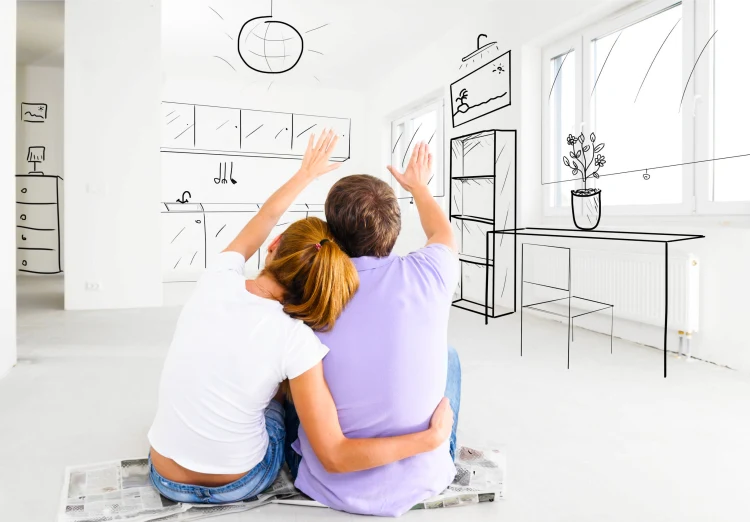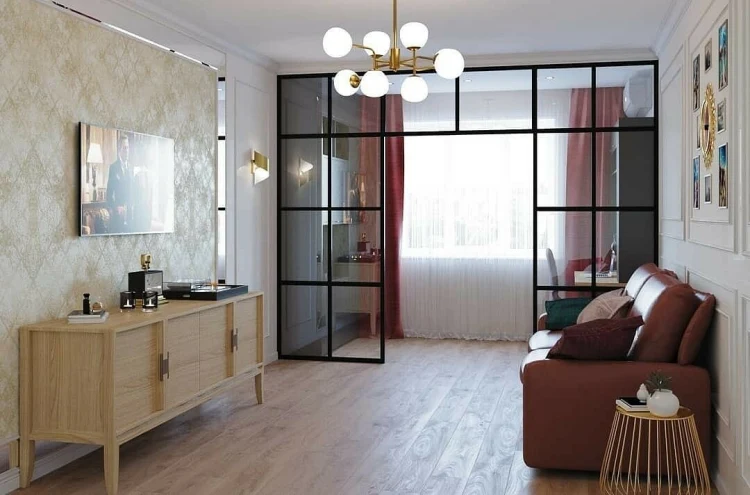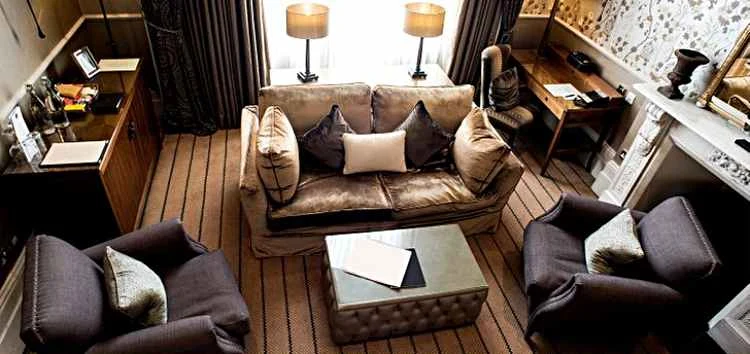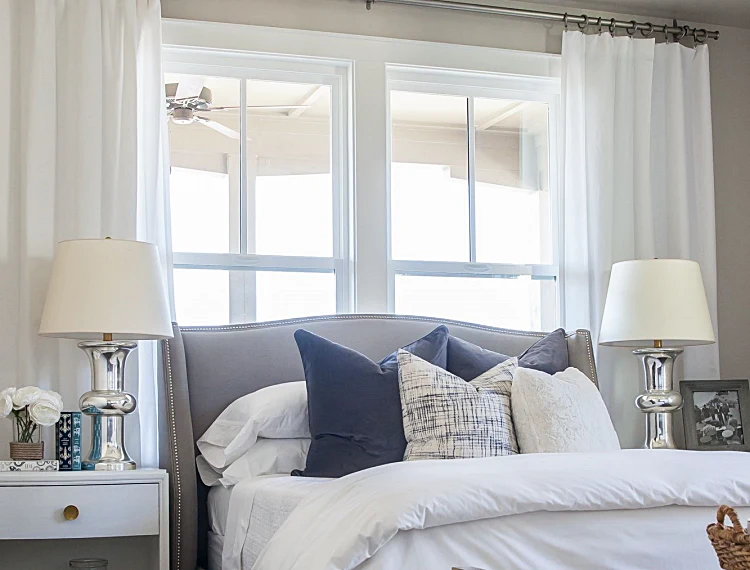Our home is certainly the place where we should feel most cozy and comfortable. After a long and busy day, everyone needs rest and time for themselves and their family, and where is that more enjoyable than in your own home? If we still feel that something is not quite right in our home, and does not quite meet our expectations and needs, we are bound to find the cause and try to fix the problem. Sometimes we feel out of place at home – whether because of a boring interior or a not-so-good home renovation. But most often, the problem lies in the incorrect arrangement of furniture. We are not always aware of, but it can greatly affect our perceptions and how we feel about the place. If you, too, feel that your home needs just a little bit of improvement to be truly comfortable, check if it’s not just a matter of making some mistakes when arranging the furniture. In order to help you, we’ve put together 8 of the most common furniture arranging mistakes every homeowner makes. Check if you too have made some mistakes or if you are about to furnish your home, you may be able to avoid them and create a beautiful and cozy interior!
Furniture arranging mistakes
Choosing and buying furniture for our home can be a very exciting experience. Then comes the part where we have to decide how to arrange it so that it can be functional and comfortable, look good and create a positive atmosphere for us and our loved ones. We all strive to make our home look like a cozy nest and not a warehouse of goods. Let’s take a look at the most common furniture arranging mistakes and how to fix them.
1. Too much furniture
One of the most common furniture mistakes is putting too much furniture in one room. A balance needs to be struck between the size of the room and the amount of furniture. Especially in a small room, the many different pieces of furniture overload, create a feeling of an even narrower space and disorder. The main thing is comfort and functionality. If you are choosing furniture for a small room, it is best if it is multifunctional, such as a bookcase with a fold-down table, multi level side table, or a console that converts into a large dining table. Such products will save space and won’t clutter it up. Interior designers recommend choosing one key element and building a composition around it. For example, if the main element is a sofa, it is not necessary to have two armchairs on the sides. One armchair or a puffy stool and a small coffee table can be enough to keep the balance and the feeling of spaciousness.
2. The sofa is not facing the door
The next mistake, which you may not have realized until now, has to do with where the sofa is facing. If it faces the door and windows of the room, you will most likely feel better sitting on it than if your back is to them. Consciously or not, when you have your back to the entrance, you cannot fully relax and rest. You might have the feeling that someone will enter the room any time soon. People always need to monitor what is happening around them. Therefore, if your perfect modern sofa is in such a position, it is very likely that you feel bad in some way, you just were not aware of these purely psychological reasons until now. In that case, it’s best to find a way to move the sofa so that it faces the door.
3. Pushing furniture against the walls
It’s like we’re used to putting all the furniture up against the walls. But that’s not always a win-win situation, especially when we’re talking about spacious rooms. For example, putting a sofa up against a wall is only a good idea when the living room is too small. In case you have a large home, it’s best to place the sofa and other furniture in the center of your living room, at least 20-25 inches (50-60 cm) away from the walls. This creates breathing space, and let’s face it, an empty center of the room looks kind of awkward and gives the room an unfinished look.
4. Difficulty moving around the room
One of the most important things to consider when furnishing a room is the spaces for moving around it. At no time and on no occasion should anyone have to make complicated zigzagging movements, wriggle through furniture or have the chance to trip and fall. Everything in your home should be safe, and you should have normal access to everything. So think carefully about how to arrange furniture to give you maximum comfort and freedom of movement. It’s best to have at least 28 inches (70 cm) of space between individual pieces of furniture. The places where people will move most often should be at least 40 inches (100 cm) wide or more.
5. Blocking the windows
Windows are a source of natural light and are important to any home. The more windows we have, the better we will feel at home. That is why it is important to never, in any way, place large furniture such as a bed, a table or a sofa, which would block the light. Otherwise, when not enough light reaches the room, it visually looks smaller than it is, more crowded, not to mention how oppressive a dark room can be. Therefore, always ensure sufficient free space around the windows and the balcony door.
6. Lack of room zoning
Dividing a large room into zones is essential for its functionality. Namely, one of the biggest mistakes many people make is to skip visually organizing the interior through zoning. As a result, there is a high probability that the room will resemble a furniture jam. For example, you might think about zoning according to the different activities you do in a room. For instance, you can think of a nook for sweet conversations and tea, or a workspace with a desk, a place to watch TV, etc. It’s important to allocate space exactly according to your needs, so think carefully about how you do this. In fact, it’s not just furniture that can help to divide a room, partitions, curtains and even lighting can often help to do this too. However, to make the room look whole you should choose calm harmonious shades.
7. No balance in furniture arranging
Perhaps one of the hardest things to learn is to achieve balance – it is essential even when furnishing our home. When arranging furniture in a room, don’t cluster all pieces of furniture in one corner. It creates a feeling of an unbalanced corner space. In all cases, avoid putting furniture into one part of the room. Again, balance is important. Everything should be evenly placed throughout the room, but the interior should not be perfectly symmetrical either. Try to fill the space, but do it in a way that is still functional. Also, make sure there is enough room to move around. So for example, if there is a sofa at one end of the room, try to have another large piece of furniture at the opposite end to balance the space (another sofa, cabinet or chairs).
8. Empty corners
We often underestimate the role of corners in a room, but even in large rooms they can be an important element of interior design. A room where the corners are empty can create disharmony and an overall uncomfortable feeling. This is why corners should not be neglected. In smaller rooms, corners can be a good way to save space – adding shelves, for example, can increase storage space. Another way to make use of that corner space is by creating a reading nook in the living room, or putting a handy corner cabinet in the kitchen for small items. Not to mention how many ideas there are to make the corners the accent of the room, too. Place beautiful flowers or decorative items there.









